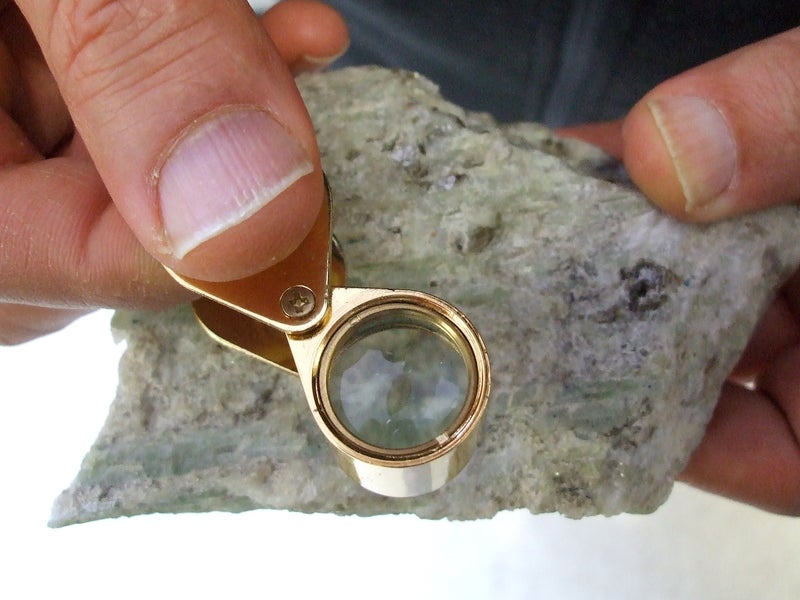The James Bay lithium project is an open-pit spodumene mine planned to be developed in northern Quebec, Canada. Allkem (formerly Galaxy Resources) is the owner and developer of the project.
A feasibility study (FS) along with the maiden ore reserves of the project was released in December 2021.
Subject to necessary regulatory approvals, construction is expected to start in the third quarter of 2022, with commissioning expected in the fourth quarter of 2024.
The James Bay lithium project is expected to produce 321 thousand tonnes of spodumene concentrate a year, over an estimated mine life of 19 years. The initial capital expenditure on the project is estimated to be $285.8m (£216.2m).
Location, geology and mineralisation
The James Bay lithium project is located adjacent to the Billy Diamond Highway, 130km away from James Bay in the Quebec province of Canada.
The ore body comprises spodumene pegmatites within the Eastmain Greenstone Belt of northern Quebec. It occurs in the north-eastern part of the Archean Superior Province of the Canadian Shield.
The regional geology is characterised by amphibolite grade mafic to felsic metavolcanic and metasedimentary rocks along with minor gabbroic intrusions.
High-grade, coarse-grained spodumene mineralisation outcrops in the form of irregular dikes measuring up to 60m in width and more than 200m in length.
Lithium reserves at James Bay
The James Bay lithium project was estimated to hold 37.2 million tonnes (Mt) of probable ore reserves grading 1.3% lithium oxide (Li2O) as of December 2021.
The indicated mineral resources are estimated to be 40.3Mt grading1.4% Li2O.
Mining and ore processing
Open-pit mining at James Bay will involve conventional drill, blast, load and haul operations. The run-of-the-mine (ROM) ore feed will undergo three-stage crushing at a nearby processing plant.
The crushed ore will be mixed with a ferrosilicon slurry and fed to dense medium separation (DMS) cyclones to recover spodumene concentrate through gravity separation.
The concentrate will be conveyed to the product stockpile from where it will be loaded onto road trucks.
Infrastructure facilities
Other infrastructure at the mine site will include ROM pads, covered stockpile areas for crushed ore, spodumene concentrate warehouse, emulsion and explosive storage facilities, four waste rock and tailings storage facilities, surface drainage network, and two water ponds.
The supporting infrastructure will include a 69kV main substation, administrative and laboratory buildings, accommodation camp, workshop, communication facilities, and water and sewage treatment plants.
Power supply
The James Bay lithium mine will receive electricity from Hydro-Quebec’s 69kV overhead distribution line located 10km south of the project site.
The existing 69kV distribution line is fed by Hydro-Quebec’s Nemiscau substation located 100km south-west of the project site.
Contractors involved in the James Bay lithium project
G Mining Services (GMS), a mining consultancy based in Canada, was engaged to prepare the feasibility study of the James Bay lithium project.
Wave International, an engineering company based in Australia, provided process plant engineering services, whereas SGS Canada and Nagrom performed metallurgical test works for the project.
Golder Associates provided engineering services for waste rock and tailings storage facilities of the project.
WSP Canada was hired to prepare the environmental impact assessment (EIA) report of the James Bay lithium project.





